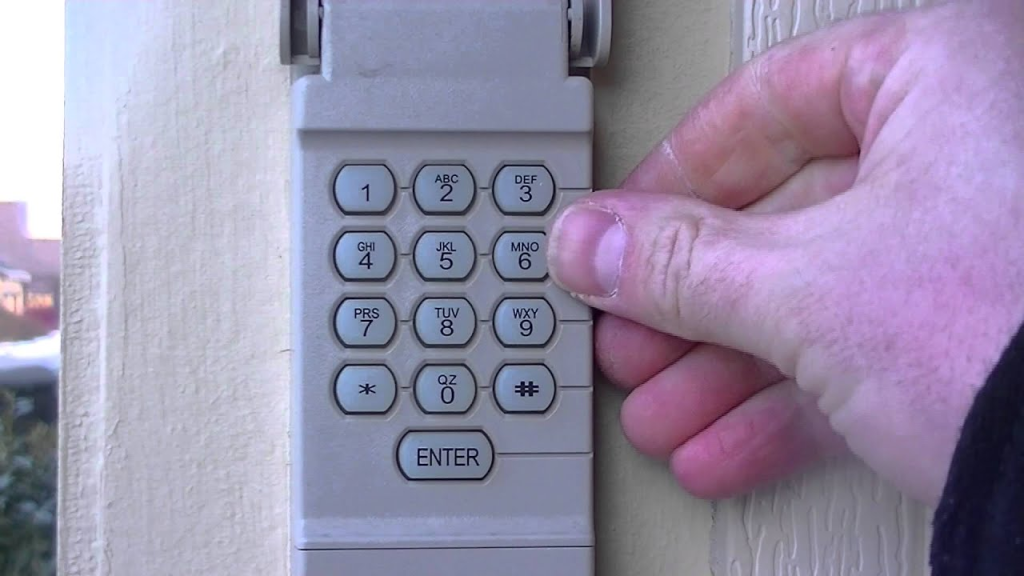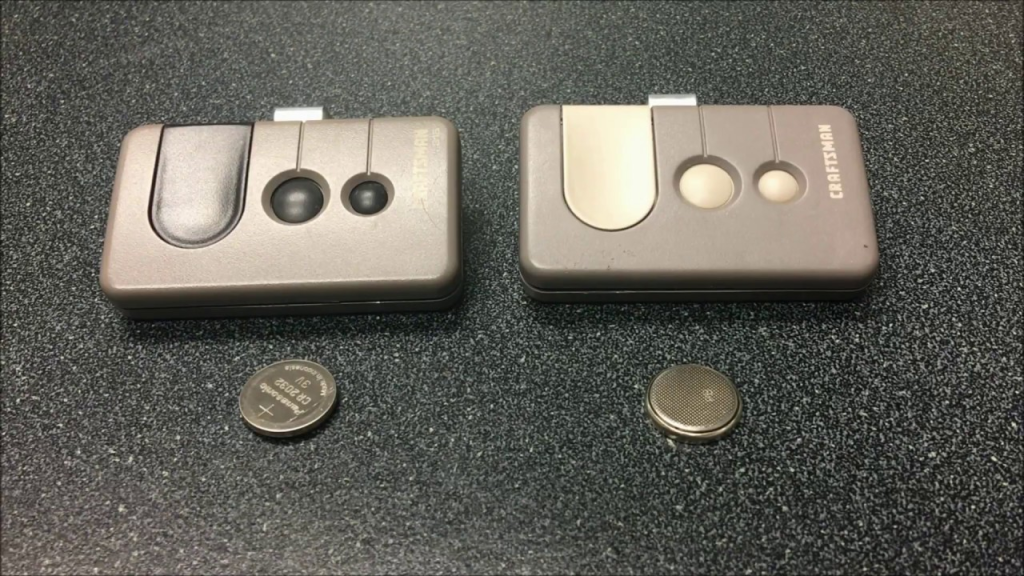A Craftsman garage door opener keypad is an essential tool for secure and convenient access to your garage. However, it can be frustrating when the keypad won’t program correctly. Whether you’re replacing an old keypad, resetting your system, or encountering a sudden issue, this guide provides detailed troubleshooting steps to resolve the problem effectively.

In this article, we will walk through the common reasons why your Craftsman garage door opener keypad won’t program, how to fix them, and tips to ensure the system works flawlessly.
Why Your Craftsman Garage Door Opener Keypad Won’t Program
Several factors could cause the programming process to fail. Here are the most common issues:
1. Dead Batteries
The keypad relies on a steady power source, and weak or dead batteries are one of the most frequent culprits.
2. Incorrect Programming Steps
Missing a step in the programming process can result in failure. Craftsman keypads often have specific sequences that must be followed exactly.
3. Signal Interference
Wireless interference from other devices can disrupt communication between the keypad and the garage door opener.
Read tooo: Craftsman Garage Door Opener 1/2 HP Programming for Effortless Setup
4. Outdated Keypad or Opener
Older keypads may not be compatible with newer Craftsman garage door openers, leading to compatibility issues.
5. Faulty Keypad
If the keypad has internal damage or defects, it won’t program no matter how many times you try.
Craftsman Garage Door Opener Keypad Won’t Program: Step-by-Step Troubleshooting
If your keypad won’t program, follow these steps to identify and resolve the issue.
Step 1: Check and Replace Batteries
Start by checking the keypad batteries:
- Open the keypad’s battery compartment and ensure the batteries are properly seated.
- Replace old batteries with fresh, high-quality ones. Weak batteries may emit insufficient signals to connect with the opener.
Step 2: Reset the Keypad
Sometimes, resetting the keypad can resolve programming issues:
- Press and hold the Reset button (if available) on the keypad for 10 seconds.
- Alternatively, remove the batteries for a few minutes to reset the device.
- Reinsert the batteries and try reprogramming.
Step 3: Inspect the Learn Button
The Learn button on your Craftsman garage door opener is crucial for syncing the keypad. Locate it on the motor housing and:
- Ensure the button is clean and functional.
- Press it once to activate programming mode; avoid holding it down for too long, as this may erase all previous codes.
Step 4: Follow the Correct Programming Steps
Ensure you’re following the exact steps for programming the keypad:
- Enter your desired PIN on the keypad.
- Press and hold the Enter button.
- While holding Enter, press the Learn button on the garage door opener.
- Wait for the light on the opener to blink or hear a click indicating successful programming.
Step 5: Check for Signal Interference
Wireless devices such as routers, baby monitors, or other garage door openers can interfere with the programming signal. To minimize interference:
- Turn off nearby devices temporarily.
- Ensure the keypad and opener are within a reasonable range of each other during programming.
Step 6: Verify Compatibility
If the keypad is older than the garage door opener, check the compatibility. Craftsman garage door systems have evolved, and newer openers may not sync with older keypads.
Step 7: Test the System
After reprogramming, test the keypad:
- Enter the PIN and press Enter to open or close the garage door.
- If it still doesn’t work, repeat the programming steps, ensuring no steps are missed.
Advanced Fixes for Persistent Issues
If the basic troubleshooting steps don’t resolve the issue, consider these advanced solutions:
1. Reprogram All Devices
Sometimes, other programmed devices, such as remotes, can conflict with the keypad. Reprogramming all devices ensures compatibility:
- Reset the opener’s memory by holding the Learn button for 10 seconds.
- Reprogram the keypad and remotes following the user manual instructions.
2. Inspect for Physical Damage
Examine the keypad for signs of wear, water damage, or broken buttons. Physical defects may require a replacement keypad.
3. Update or Replace Your Keypad
If your keypad is outdated or incompatible, consider upgrading to a newer Craftsman garage door opener keypad that supports your opener model.
Preventing Future Programming Issues
To avoid similar problems in the future, follow these maintenance tips:
1. Regular Battery Changes
Replace keypad batteries annually to ensure reliable performance.
2. Keep the Keypad Clean
Dust and debris can interfere with keypad functionality. Wipe it clean with a soft cloth regularly.
3. Test Periodically
Test the keypad every few months to ensure it’s functioning correctly. This proactive approach can catch issues early.
4. Update PINs Regularly
For security reasons, update your PIN every 6–12 months. This habit not only enhances security but also keeps you familiar with the programming process.
Frequently Asked Questions
Q1: How Do I Know If My Keypad Needs Replacement?
If the keypad doesn’t respond after replacing batteries and resetting it, and troubleshooting steps fail, it’s likely time for a replacement.
Q2: Can I Program Multiple Keypads to One Craftsman Garage Door Opener?
Yes, most Craftsman garage door openers support multiple keypads and remotes.
Q3: What Should I Do If I Forget My PIN?
Reset the keypad to factory settings and reprogram it with a new PIN.
Q4: Can Wireless Interference Damage the Keypad?
No, but it can temporarily disrupt programming or operation. Ensure the keypad is free from nearby interfering devices.
Conclusion
When your Craftsman garage door opener keypad won’t program, it’s essential to identify the root cause and resolve it systematically. From checking the batteries to ensuring compatibility, this guide covers every step to get your keypad working again.
By following these troubleshooting steps and maintaining your garage door system, you’ll enjoy seamless and secure access to your garage for years to come.






















